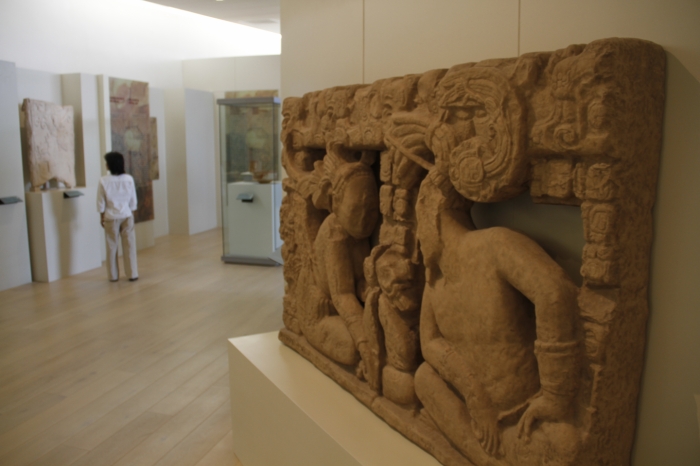The National Institute of Anthropology and History (INAH) is investing just over 450 million pesos in Yucatán for the construction of three new museums in the archaeological sites of Dzibilchaltún, Kabah, and Chichén Itzá.
The new cultural venues will be site museums and will focus on disseminating information about Maya culture, particularly the specific location or area where they will be built.
This was announced by federal authorities of the INAH in Yucatán on the occasion of the International Museum Day.
Regarding Chichén Itzá, the director of this archaeological site, Marco Antonio Santos, informed that it will be an archaeological museum with a total area of 2,500 square meters, of which 1,000 square meters will be dedicated to the exhibition area.
The museum will be located next to the archaeological site and its construction is 20 percent complete.
It will feature pieces such as ceramic vessels, knives, jadeite, and gold artifacts, suggesting that the Maya of Chichén Itzá had extensive exchanges with other peoples of Central America.
The Puuc museum, which began construction on May 3rd in Kabah, will also have an area of 2,500 square meters, with the same exhibition space as Chichén Itzá.
The person in charge of this archaeological site, María de Lourdes Toscano, stated that its objective will be to showcase the historical and archaeological heritage of the Puuc region of Yucatán, located near the convergence of the three states of the Peninsula.
As for the Dzibilchaltún Site Museum, Dr. Federica Sodi, the director of this site located north of Mérida, announced that construction will begin in June of this year and will cover an area of approximately 650 square meters.
The exhibitions in the three museums will include artifacts recovered during the construction works for the Tren Maya (Maya Train), as well as other pieces that are currently housed in various museums in Yucatán and Mexico City.
TYT Newsroom


